My Hate-Love Relationship With a Cast Iron Skillet
I really don’t know when I got it. It was part of a set. What I know is that I tried to use that cast iron skillet without success, and I mean not even a little bit. Food would become hopelessly stuck to it and burned beyond recognition. If it wasn’t turning out charred fare, it was growing a fine coat of rust.
Photo credit: WestChesterCyclesrst
In the interest of full disclosure, the shot above is not of my skillet. An apt depiction, however. Mine looked like all of them. At the time, I wasn’t photographing my culinary disasters with hopes that one day I could share them with you.
Yes, that bad
Things got so bad, one day I threw that skillet and its sorry charred contents into the trash. What followed what a case of guilt that prompted me to dig it out, chisel it down, put it through the dishwasher (the worst thing ever for cast iron) then banish it to the back of a closet.
Years later—OK decades—I pulled that skillet out of detention. I’d been learning that cast iron skillets are highly revered by experienced cooks. I was determined to take on the challenge of cast iron. I am proud to say I won that battle.
Horribly abused
This skillet pictured below—now more than 40 years old—is the skillet I abused and which abused me right back. It has become one of my most prized possessions. All is forgiven and now my skillet and I have quite a thing going on.
I restored this baby to better-than-new condition. It was a process and didn’t happen overnight! But now, every time I use it, which means every day—it just keeps getting better and better. Can you feel the love?
The thing about cast iron is that it must be “seasoned.” It needs a lovely coat of patina that makes it gloriously “non-stick,” keeps it from rusting, and makes it shiny. And there’s something magical about a well-seasoned cast-iron skillet that makes food taste better. Apparently, it’s called “seasoning” for a reason.
Season it
Seasoning is just oil baked onto cast iron through a process called polymerization. It gives your cookware that classic black patina. Seasoning forms a natural, easy-release cooking surface and helps prevent your pan from rusting. It may take a little extra care, but a well-seasoned pan will last for generations. The more you cook in your cast iron, the thicker this layer of oil becomes, transforming your pan into an heirloom with a smoother and darker cooking surface.
How to season cast iron: Rub it down with a thin coat of vegetable oil (inside and out if it’s the first seasoning) and bake it in a 350◦ F oven for an hour. This produces the first “non-stick” layer. Every time it’s used and cleaned properly another layer of seasoning goes on.
Seasoning can be done as many times as necessary throughout the skillet’s life, which is pretty much eternal. A cast-iron skillet can never have too many layers of seasoning. My skillet must have 1,000 layers of seasoning by now. More will never be enough.
Use soap if you want
Shocked? Shouldn’t that be “never use soap?” I’ll confess to doing a one-eighty on this. For many years, no drop of dishwashing liquid or other soap touched my beloved skillet. But turns out, we can actually use soap on our cast iron! The myth that you shouldn’t wash your cast iron skillet with soap is just that—a myth. It’s driven by two theories.
Theory #1
The first is that since oil is used to season the cast iron skillet and create a nonstick surface, soap would effectively wash away the cure that you worked so hard to build.
Theory #2
The second reason that this myth persists is that soap isn’t the most efficient cleaner of cast iron. Strictly speaking, oil is not responsible for the slick-hard surface of a well-seasoned cast iron pan — polymerization is. The oil combines with the porous surface of the pan when heated creating a surface harder and smoother than the pan itself. Removing the seasoning from a skillet would take a lot more than soap. In fact, the best way to remove seasoning is to bring the pan to high heat in an oven or grill—not with sudsy water.
You don’t need soap
Most cast iron purists wipe their pan clean after cooking instead of exposing it to water and harsh scrub brushes. But for those of us who’d prefer a cleaner cast iron skillet, oil and kosher salt are more effective than soap and a sponge will ever be. Pour a few tablespoons of each into the still-warm skillet and scrub the pan with a paper towel until the pan is shiny and the salt is near black. Rinse out the salt and thoroughly dry the pan. Rubbing it with a touch more oil before storing will ensure it doesn’t develop rust.
Use a hard-bristle brush or stainless steel scrubber like this Ringer Cast Iron Cleaner to clean it with water. This Ringer is so cool because it is chainmail. It just balls up in my hand, cleans like a champ, and then rinses completely clean. For really tough spots, I use coarse salt and oil (as above) to scrub it clean—almost like sandpaper, but without removing the patina. The salt gets very dirty. Then a quick wipe with a towel and it’s back to beautifully clean.
No soaking
Never allow a cast iron skillet to soak in water. That will only produce rust—the arch-enemy of cast iron cooking. Should you ever develop rust, don’t freak. Just get out the salt and oil, scrub it away, and then re-season.
Dry immediately
I dry my skillet over low heat on the stovetop. Once dry (it takes only a couple of minutes), I give the inside a light coat of vegetable oil and it’s ready for its next cooking assignment.
No metal utensils
Scraping a beautifully seasoned skillet with metal utensils breaks down the seasoning and allows it to flake off. Of course, that can be repaired, but you don’t want to start over if at all possible. To preserve the seasoning, use wood or other non-metal utensils in a well-seasoned cast-iron skillet.
Re-season as needed
You’ll soon learn to detect if your pan needs to be re-seasoned. You can never have too much seasoning on a cast iron pan. Always err on the side of re-seasoning too often.
Use often
Use your cast-iron skillet to fry, sear, cook, and bake just as often as you can. Yes, I’m talking about cooking at home to eat better and save money. Get a great cookbook (The New Cast Iron Skillet Cookbook is my favorite) with recipes that are ideal for cast iron.
A great cast-iron skillet is a thing of value—becoming more valuable with age. I’ve seen vintage skillets selling for thousands of dollars and read stories about skillets being named in wills and family members fighting over who will get Grandma’s skillet.
Cast iron cookware is making quite a comeback and I could not be happier about that. Don’t worry that the price of an excellent cast-iron skillet might be out of your budget. You can get a fabulous skillet for under $20.
Or scout out the local thrift store or junk collector. It would not be at all unusual to find a horribly abused, rusty pile of cast iron pots and skillets just waiting to be rescued.
Restoration is not particularly difficult, but it can be time-consuming. This tutorial might inspire you to make a rescue or two—provided the price is right.
Take care of your cast iron and it will repay the favor by turning you into a fabulous cook. As a bonus, your skillet is sure to become the envy of your friends and family.
Expanded, Updated, Republished: 3-30-23
Resources
Made in the USA! Lodge skillets come pre-seasoned but ignore that. Season again before first use! This one is 10-inch, but there are many sizes to choose from.
Just a great, all-around cast-iron how-to, plus wonderful recipes!
This is a wonderful tool to clean cast iron. Just wad it up and scrub away. Does not remove the seasoning, cleans up easily. DO NOT let is slide into the garbage disposal, which it could easily. There are knock-offs out there that imitate The Ringer, but don’t be fooled.
EverydayCheapskate is reader-supported. We participate in the Amazon Services LLC Associates Program, an affiliate advertising program designed to provide a means for publishers to earn fees by linking to Amazon.com and affiliated sites. Thanks!
More from Everyday Cheapskate
Please keep your comments positive, encouraging, helpful, brief,
and on-topic in keeping with EC Commenting Guidelines
Last update on 2024-04-20 / Affiliate links / Images from Amazon Product Advertising API

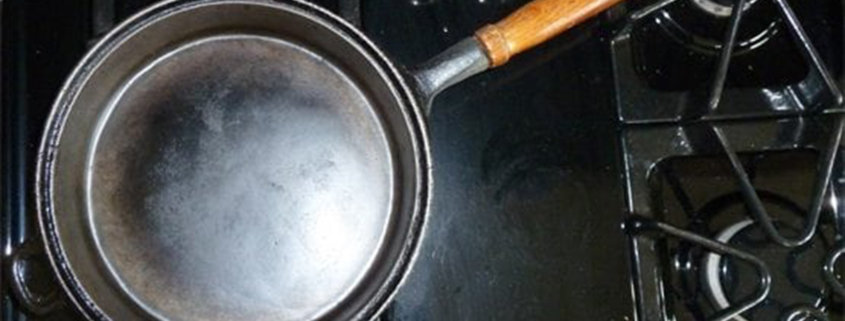
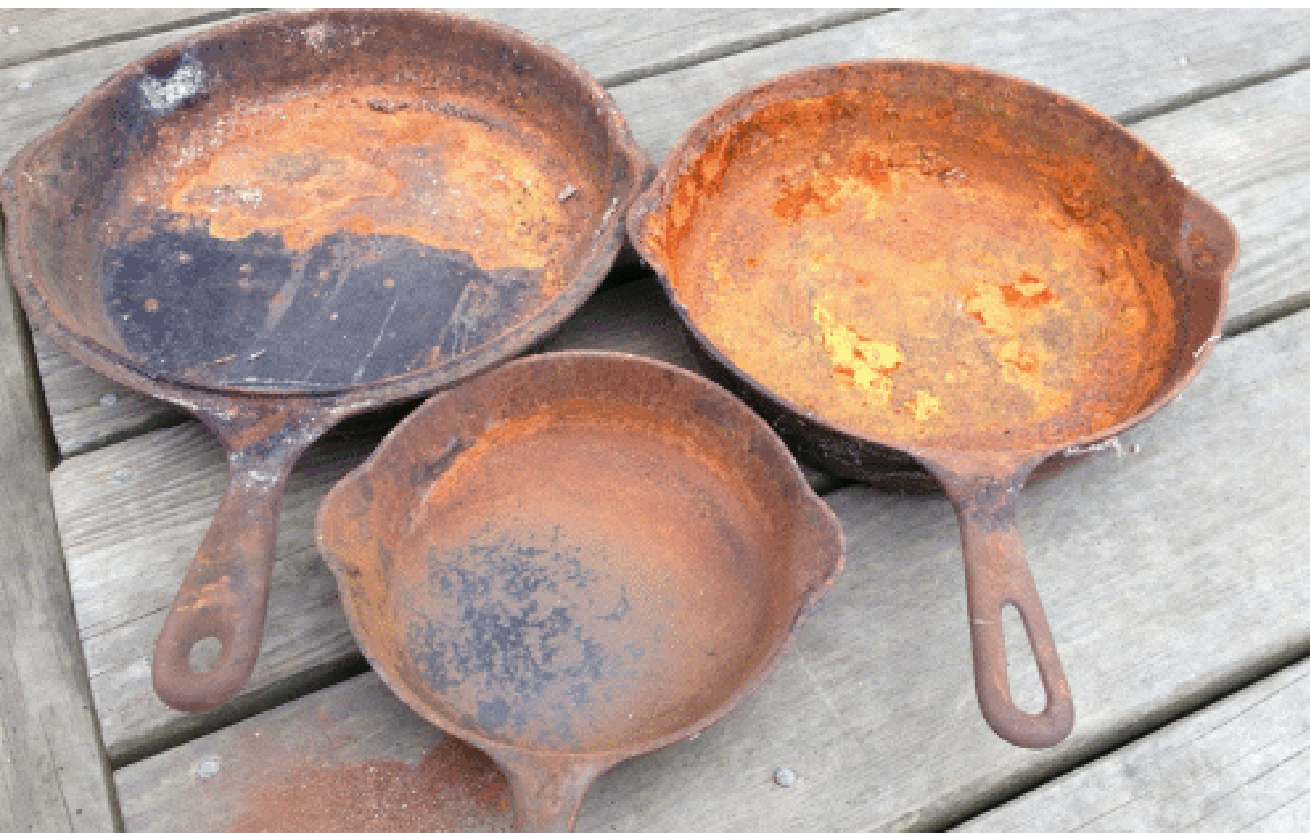
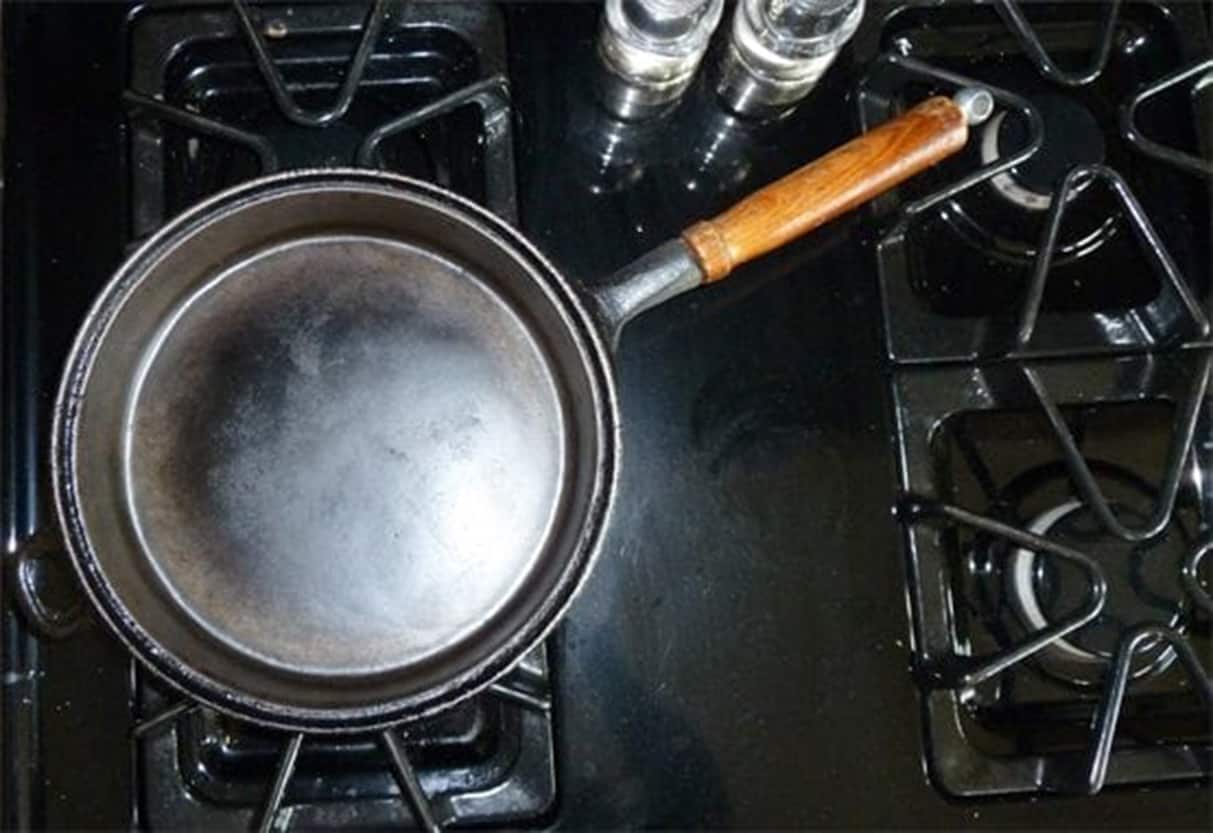




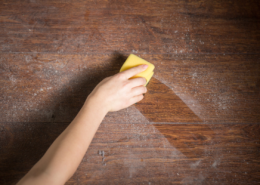






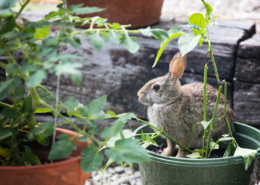



How do you season the pan if it has a wooden handle?
Great question. I wrap that wood handle in several layers of foil to protect it, when using the skillet in the oven.
My 50-year-old cast iron skillets were fine, but when I read your last article on them, I decided I might as well re-season them in the oven. I used a very light coat of vegetable oil, wiped off all I could, and followed directions. But they came out all covered with little bumps I couldn’t remove. I bought the Ringer and tried that with oil and salt, then with soap – nothing could remove the bumps. Then I read in other places to put them UPSIDE DOWN in the oven to prevent that problem.
Hi Mary,
jI have a cast Iron skillet that I haven’t used for about 3 yrs. Now it have a stale smell to it. I just bought a Cast Iron stainless steel ring cleaner and I will get it tomorrow.
If I clean it with the ring cleaner, will that make it smell better? I
I don’t want to cook anything in it with that smell. It’s not rusted. It’s just the treatments now stink.
I bought a new cast iron pan about 6 months ago. I rub a light covering of oil on the pan (inside and out) after using. Every time I use the pan to cook there is a small amount of black on the food. I am not sure if it is safe to eat. Does anyone know what I am doing wrong? I want to love my pan but I can’t get past the residue.
read your article, great. saw a cast iron fryer at habitat the other day….$60! looked like the pic you showed of those pans. why buy that one, when you can buy new one for way under that, depending on size? problem…..glass top stove….hate the things….but could you put one on a glass top? cant do canning for that reason……
I use mine on glasstop (induction) … and you have to be careful to never slide it back and forth across the glasstop. It requires caution.
It is a love hate relationship for me as well. If I cook porkchops on Friday and want pancakes on Saturday, it seems like I can still taste the porkchops. I have some great waterless cookware that I also use and pancakes taste like pancakes. What am I doing wrong?